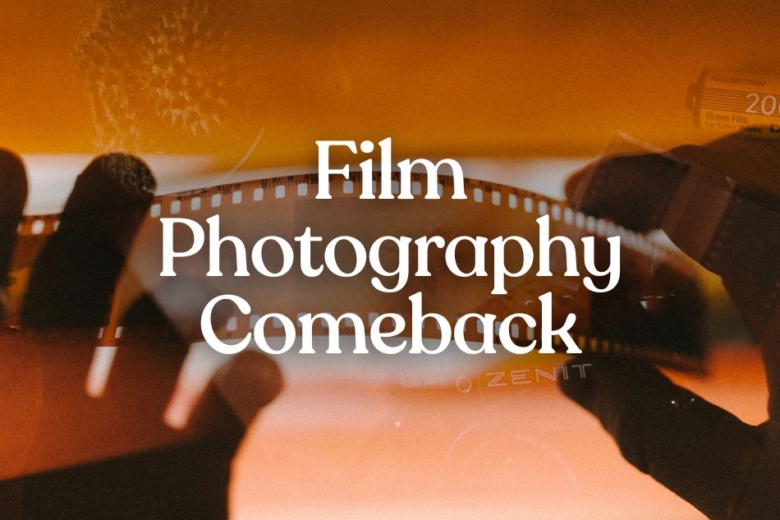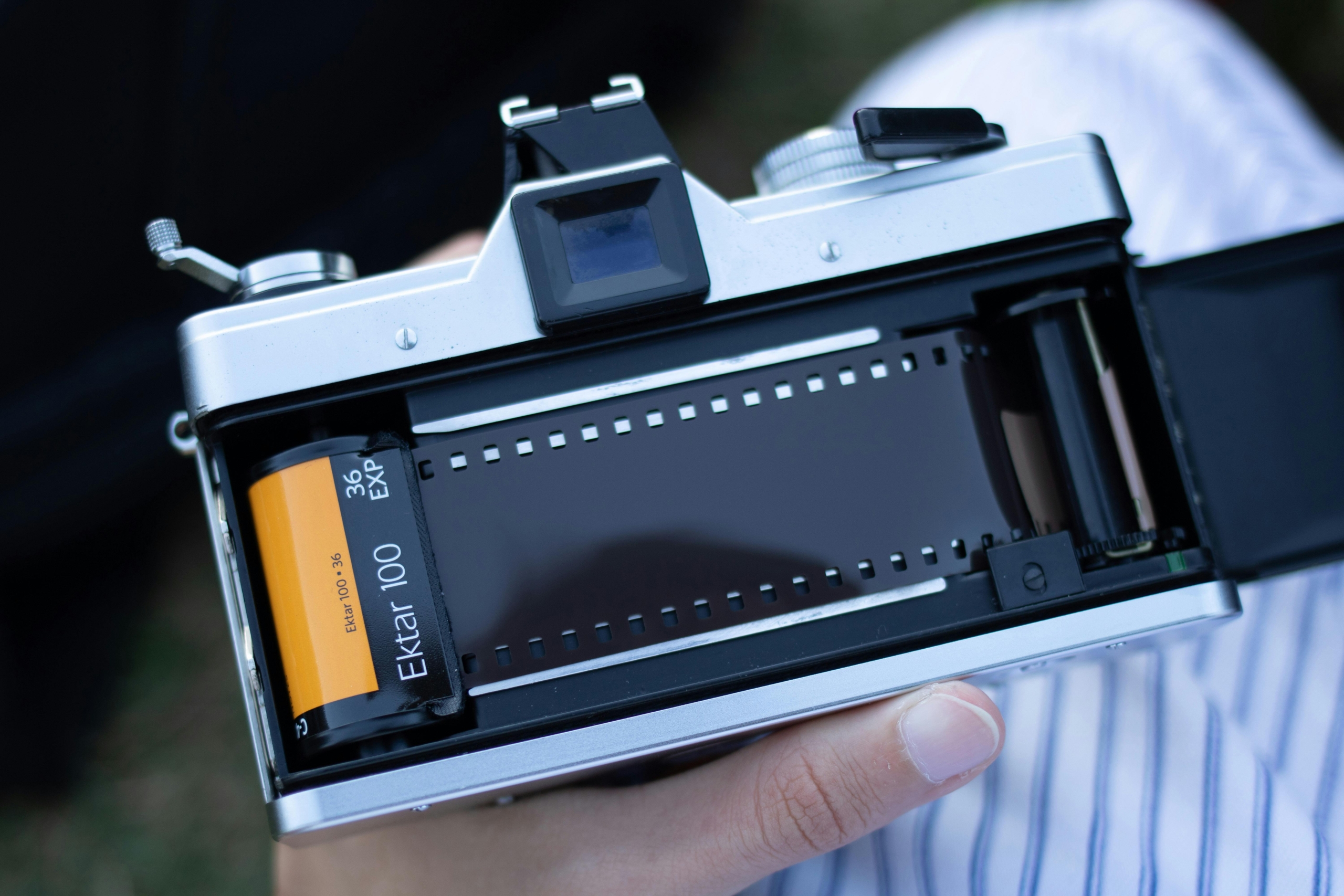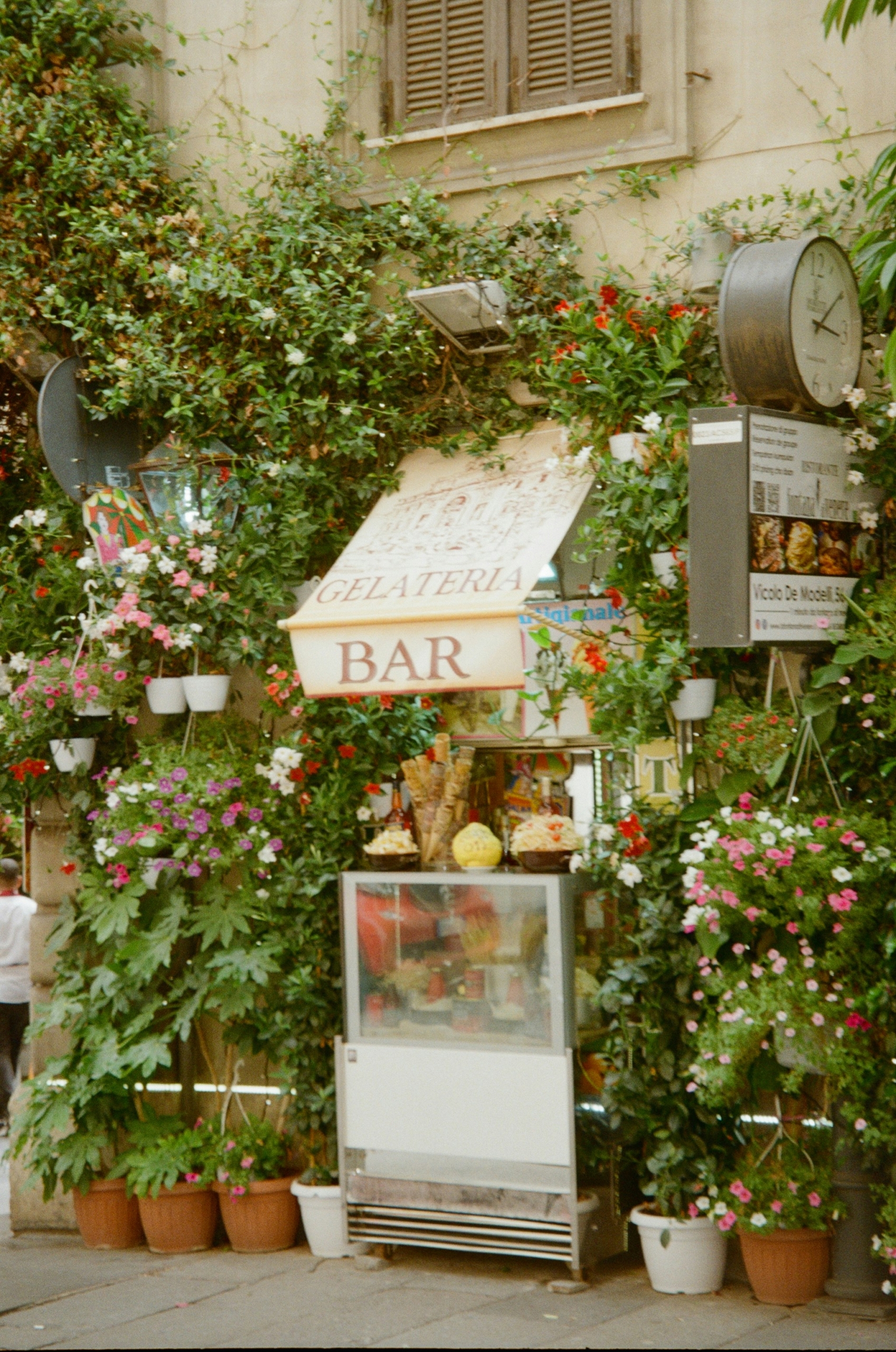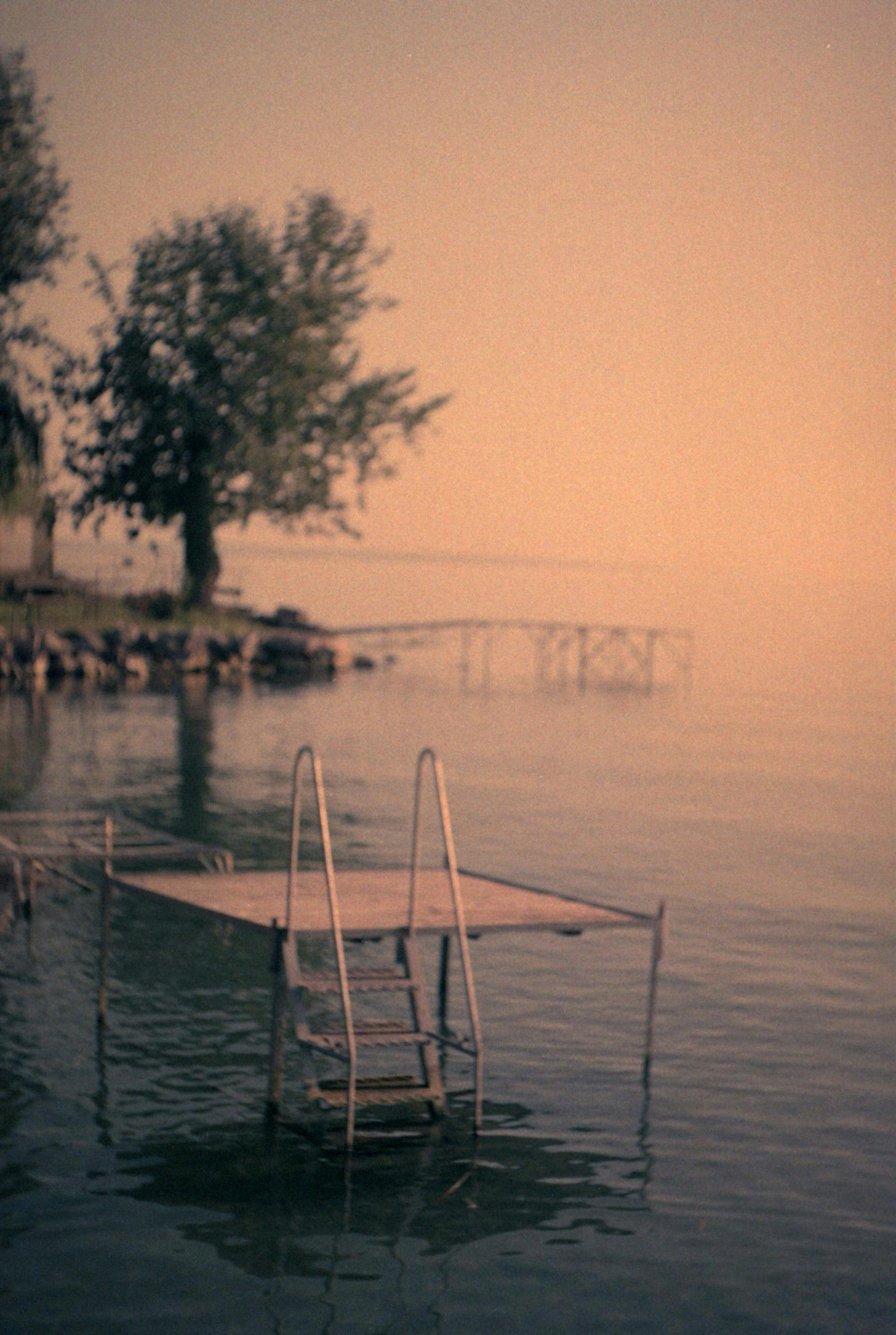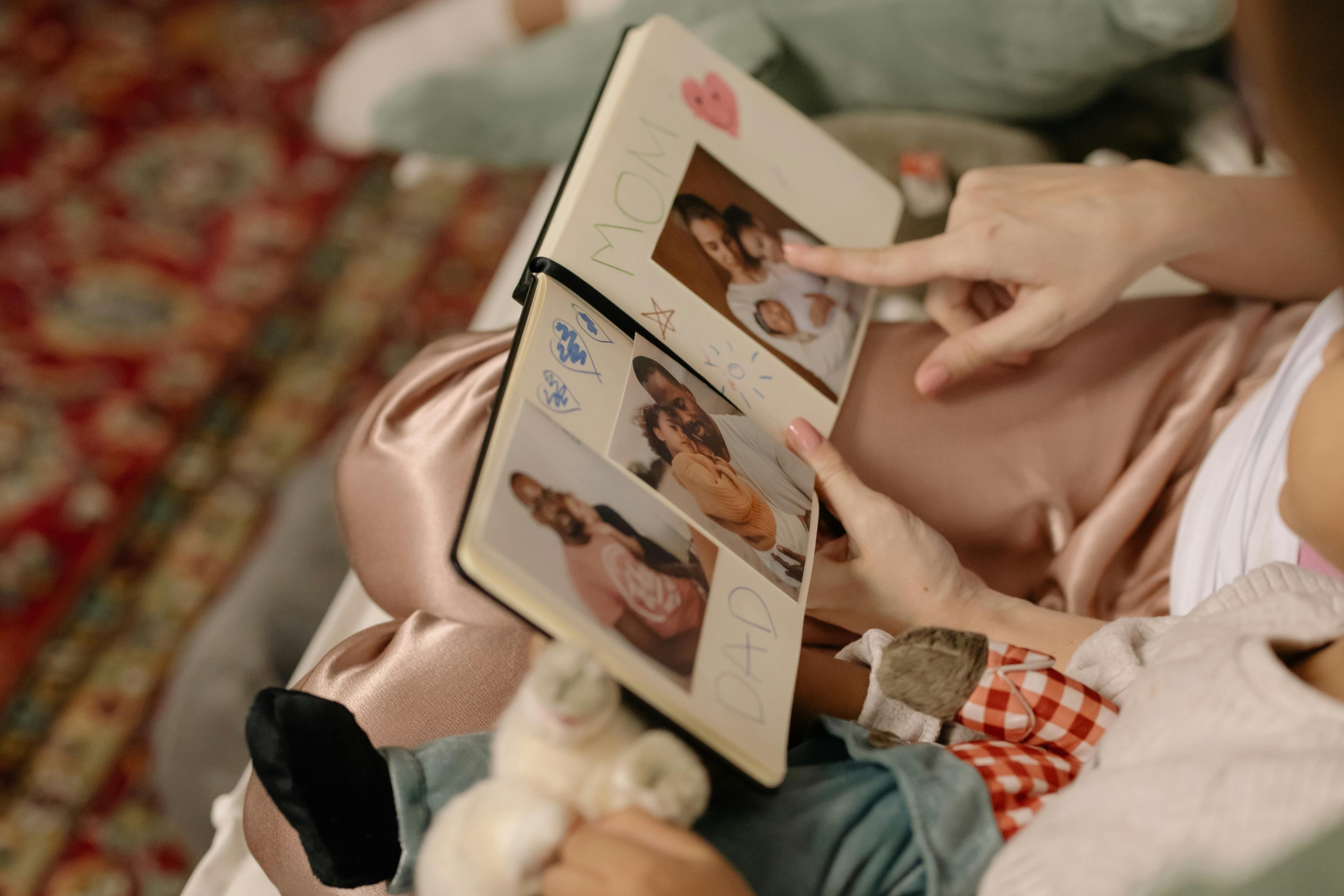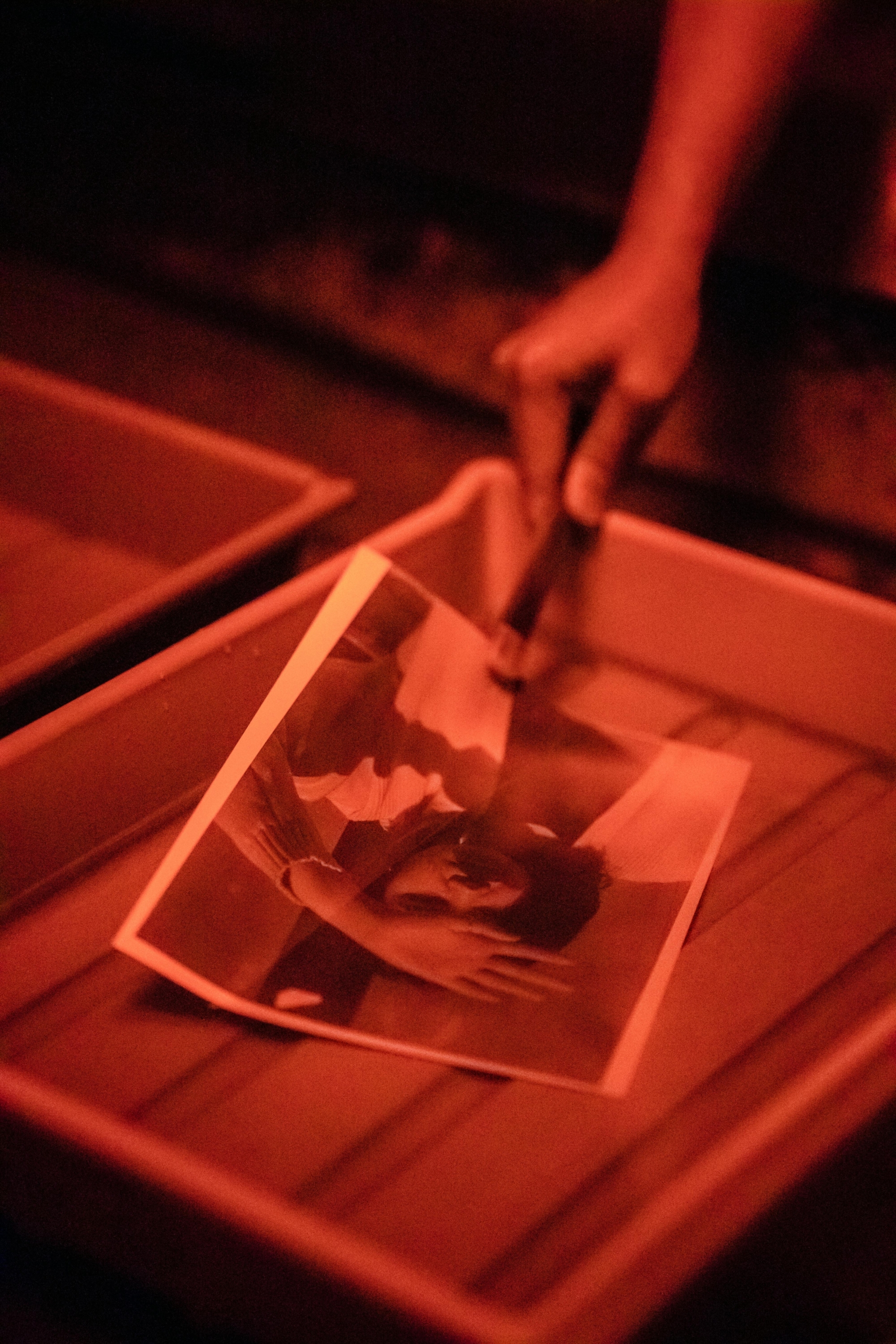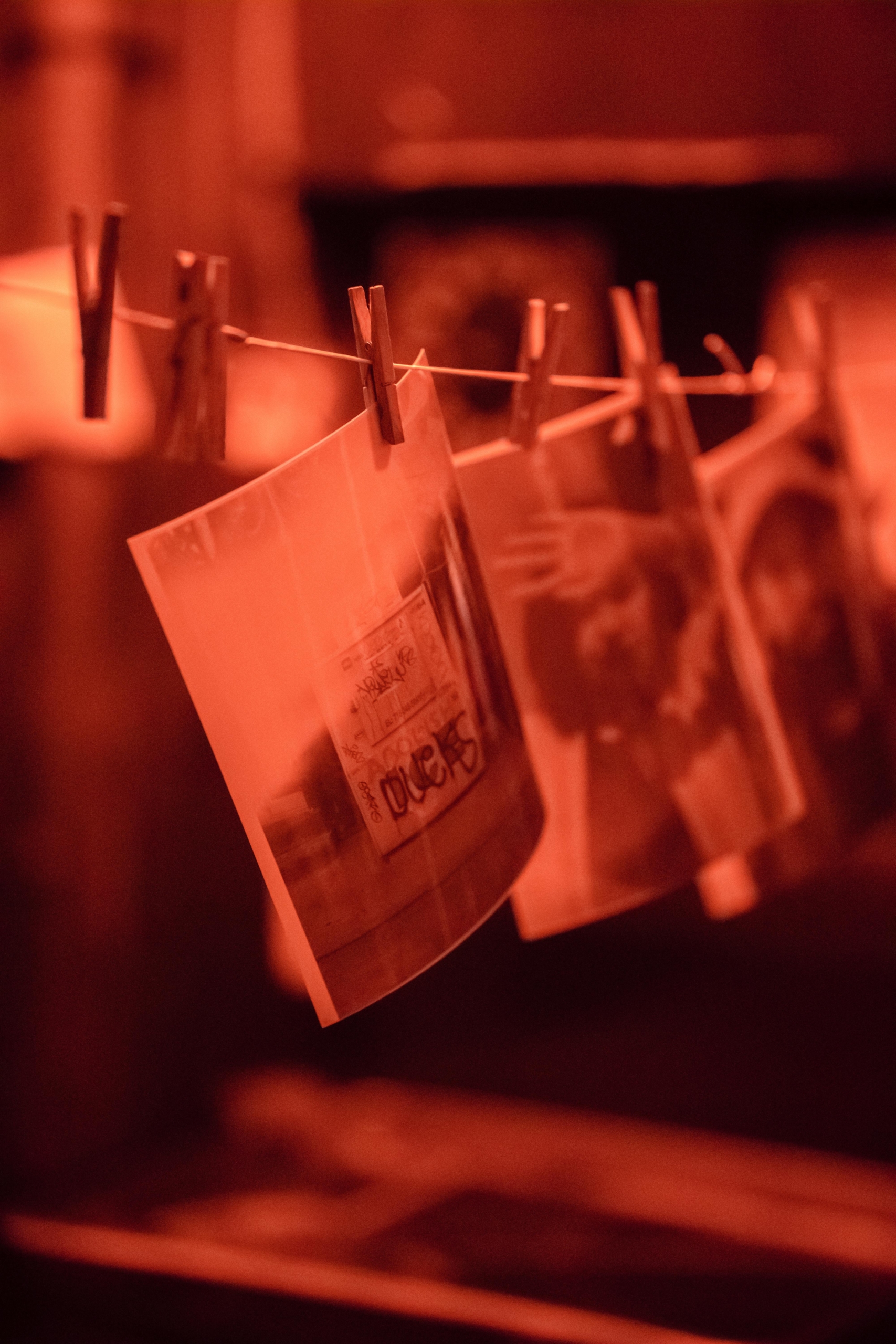When digital cameras (and later, smartphones) became household items, most of us assumed film photography would be relegated to the history books, where they would rest along with its cousin, the VHS tape.
But fast forward to 2025, and film photography isn’t just surviving, it’s thriving. Vintage cameras are in high demand in second-hand marketplaces, big camera houses are reviving film stock, and mainstream stores are peddling analog cameras to the masses.
It may be surprising, but there’s a clear appetite for the tangible beauty of analog photography, even in our digital world. But why the film photography comeback? Let’s dive in.
WHAT IS FILM PHOTOGRAPHY?
Film photography is the process of capturing images on light-sensitive film, which is then developed into physical negatives and prints.
Unlike digital photography, where you can take hundreds of shots in seconds, film gives you a set number of exposures per roll — usually 24 or 36. And this limitation is exactly what many people love about it, leading to the resurgence of film photography.
Shooting on film forces you to slow down and be more intentional. When you only have 24 to work with, every frame matters. Instead of snapping dozens of nearly identical photos and sorting through them later, you’re making choices about light, focus, and composition in the moment.
Many fans of film photography claim that this need for patience and thoughtfulness often leads to more meaningful images.
IS FILM PHOTOGRAPHY MAKING A COMEBACK?
The film photography revival we’ve seen in the last decade isn’t just a passing phase. It’s back, and for good reason.
Yes, we all have our phone cameras on hand 24/7. But despite this, more and more photographers — and amateurs wanting to capture memories — are rediscovering the magic of shooting on film, leading to a film photography resurgence. Here’s why…
RICHER QUALITY PHOTOS
Film naturally captures a wider range of light and detail, from deep shadows to bright highlights. This is called dynamic range, and is something that digital sensors can struggle with. If you’ve ever tried to take a photo of the sunset with your smartphone and struggled to get detail in both the sky and foreground, you’ll know exactly what we’re talking about.
Film yields more naturally balanced, true-to-life images that feel closer to how the human eye actually sees a scene.
A UNIQUE COLOR PALETTE
Different types of film stock each come with their own distinct character: warm tones, cool hues, soft contrasts, or rich saturation. Photographers can choose the film they work with to create a specific mood or style.
These subtle color differences give film images a signature look, especially when it feels like digital photos can all start to look the same after a while.
AN ORGANIC LOOK
Film doesn’t aim for perfection. The organic character of film comes from its visible grain, which adds texture to images that can’t be found in the sharpness of digital images.
Photographers can vary the grain of their images based on the film speed (ISO), whether they want a silky smooth image or a bolder, grittier photo.
NOSTALGIA
Just like the comeback of Polaroids, vinyl records, and cassette tapes, film photography taps into that warm and fuzzy feeling of nostalgia.
There’s something comforting about revisiting older technologies that feel tangible and familiar. For many, film connects them to childhood memories of setting up the perfect photo in the backyard or flipping through family photo albums.
AI PUSHBACK
In 2025, it feels like it’s impossible to look at a digital photo without wondering if it’s been retouched with AI. Editing apps can generate entire backdrops, retouch faces in seconds, or even create “photos” that never existed.
Film offers an antidote, giving us a tangible medium that we can rely on. What you see is what you get.
THE THRILL OF THE UNKNOWN
With digital cameras, you can check the screen instantly and reshoot if needed. But with film, you don’t know how your photos turned out until you finish the roll and go through the process of developing it.
That sense of mystery and delayed gratification makes the results more exciting, especially for young photographers who have grown up knowing nothing but the digital age.
PHYSICAL PHOTOGRAPHS
Yes, you can get digital photos printed. But the majority of digital photos that we take live and die on a phone screen. Meanwhile, film photos result in something physical, even if it’s just a strip of negatives.
Having a tangible set of prints that you can store, frame, or pass along to loved ones creates a more lasting connection to your images.
CREATIVE EXPRESSION
At the end of the day, film is fun! Anyone can pull out their phone and snap a pic. But film photography challenges photographers to think creatively and experiment with the medium. That makes film a refreshing, hands-on format in a world of digital camera rolls.
PRESERVING YOUR FILM PHOTOGRAPHS FOR THE FUTURE
As magical as film photography is, it doesn’t last forever. Negatives and prints can fade, get scratched, or degrade over time. If you want to keep your treasured images safe for decades to come, the best solution is to create a high-quality digital backup.
At EverPresent, we specialize in helping families and photographers preserve their memories, whether you have old negatives, slides, or prints. That way, you can enjoy the best of both worlds: the authentic look and feel of analog photography, and the security and convenience of digital.
Get in touch today to learn how to protect your precious film photographs.

